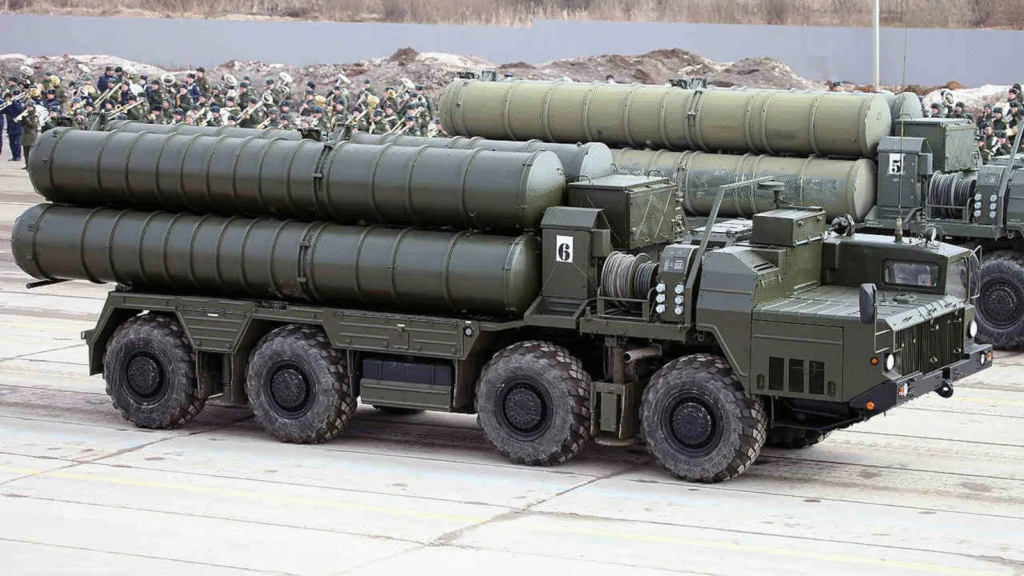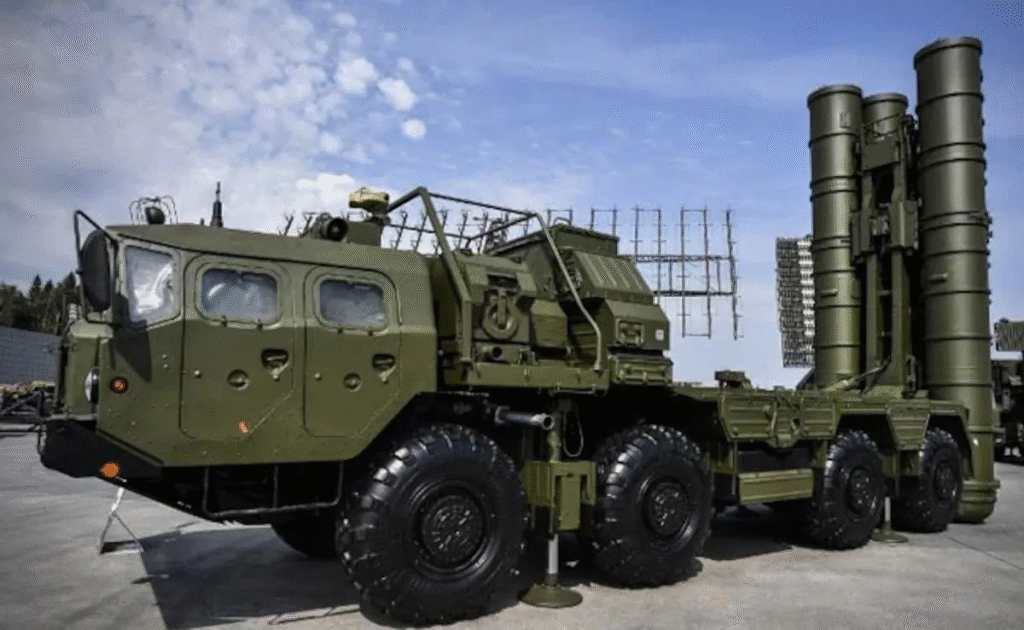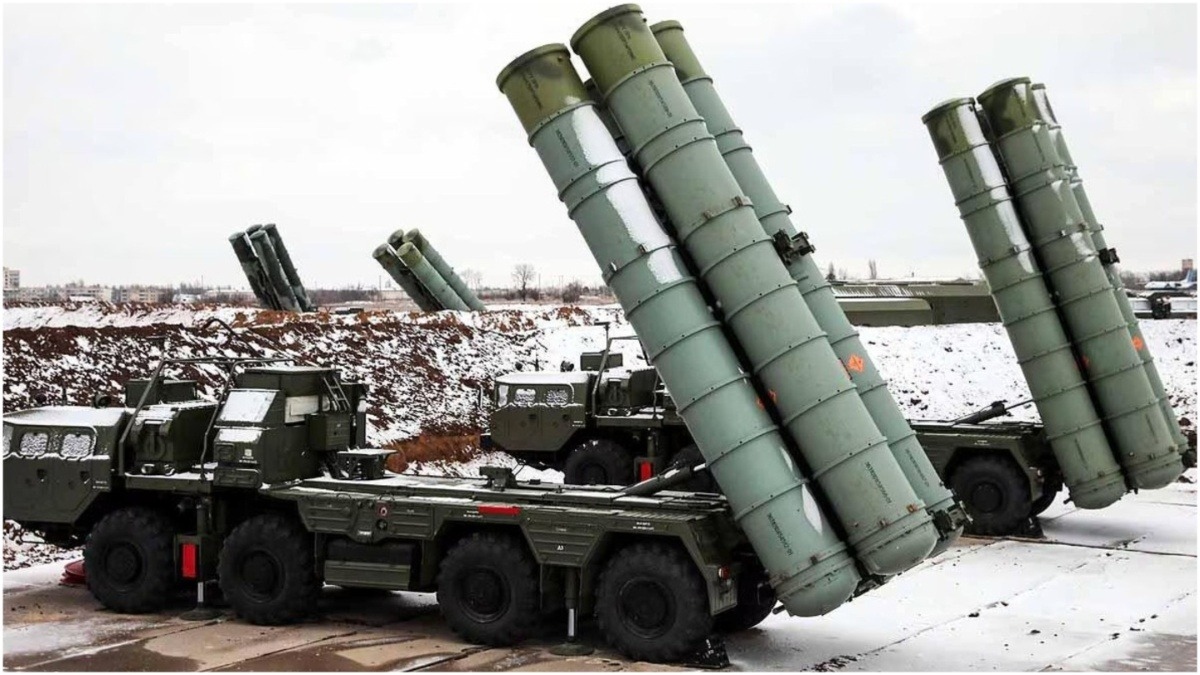
In the wake of escalating tensions along the India-Pakistan border, India’s robust air defence systems have come under the spotlight. The recent skirmishes and the interception of numerous aerial threats underscore the critical role of these advanced systems in safeguarding national sovereignty. This article delves deep into the intricacies of India’s air defence capabilities, focusing on the S-400 Triumf, SPYDER, and Akash systems, as well as their strategic deployment and evolution in the current geopolitical landscape.
The S-400 Triumf: India’s Long-Range Sentinel
The S-400 Triumf, developed by Russia’s Almaz-Antey, is a cornerstone of India’s air defence strategy. Acquired through a $5.43 billion deal in 2018, India has received three of the five squadrons it ordered. These have been strategically deployed near sensitive zones such as Pathankot, Siliguri, and Rajasthan to monitor threats from Pakistan and China.
Technological Prowess
The S-400 is celebrated for its unmatched versatility. With the capability to detect and engage up to 36 targets simultaneously, it can intercept threats ranging from unmanned aerial vehicles (UAVs) to stealth aircraft and ballistic missiles. Its engagement range spans from 2 km to 400 km, with altitudes of up to 30 km. The system’s deployment in the Integrated Air Command and Control System (IACCS) ensures real-time situational awareness and rapid response.
Strategic Deployments
Deployed primarily in areas of high tension, the S-400 has proven its worth in recent operations. During Operation Sindoor in 2025, it intercepted over 80% of hostile airborne threats, including UAVs and missile platforms targeting critical Indian cities. Its role in maintaining regional stability cannot be overstated, particularly given its effectiveness in countering Pakistan’s increasingly sophisticated drone warfare tactics.
SPYDER: Quick Reaction Air Defence
The SPYDER (Surface-to-air Python and Derby) missile system, developed by Israel’s Rafael Advanced Defense Systems, complements the S-400 by providing quick-reaction capabilities against short to medium-range threats. This mobility and versatility make SPYDER an integral part of India’s multi-layered air defence network.
Capabilities and Impact
SPYDER’s unique feature lies in its dual missiles: the Python-5 and Derby. These can engage multiple types of aerial threats, including fighter jets, helicopters, and UAVs. With an interception range of up to 35 km, SPYDER is particularly valuable in scenarios requiring rapid deployment.
Operational Highlights
The SPYDER system has been a key player in several critical situations. During the 2019 Jammu and Kashmir airstrikes, it shot down a Pakistani surveillance drone attempting to breach Indian airspace. Its ability to swiftly neutralize such threats has made it a trusted asset for the Indian Air Force (IAF).
Akash: Indigenous Medium-Range Defence
The Akash missile system is a testament to India’s growing prowess in indigenous defence technology. Designed and developed by the Defence Research and Development Organisation (DRDO), Akash is a medium-range surface-to-air missile system that can engage a variety of aerial threats within a 30 km radius.
Technological Innovations
Akash’s multi-function radar and advanced guidance systems are its standout features. It employs a high-powered, phased-array radar for surveillance and tracking, coupled with a command-and-control system that ensures seamless target engagement. The system’s all-weather capability and quick reaction time enhance its operational effectiveness.
Deployment and Performance
The Akash system has been extensively deployed along the Line of Actual Control (LAC) in Ladakh, particularly during the 2020 skirmishes with China. On May 7, 2025, an Akash missile successfully intercepted a Pakistan Air Force JF-17 Thunder, showcasing its reliability in high-stakes situations. The ongoing development of the Akash-NG (Next Generation) variant, with an extended range of up to 80 km, promises to further bolster India’s medium-range air defence capabilities.
Layered Defence: Integrating Systems for Maximum Efficiency
India’s air defence strategy relies on a layered approach, integrating various systems to address threats of differing scales and complexities. This multi-layered defence network combines long-range systems like the S-400, medium-range systems like Akash, and quick-reaction systems like SPYDER to provide comprehensive coverage.
Integrated Air Command and Control System (IACCS)

At the heart of this strategy is the IACCS, which serves as a centralized hub for monitoring and responding to aerial threats. By integrating data from radar systems, airborne early warning and control (AEW&C) aircraft, and ground-based missile systems, the IACCS ensures seamless coordination across all levels of defence.
Future Developments
India’s air defence capabilities are set to grow further with several new initiatives. The Akashteer project, for instance, aims to provide the Indian Army with an automated air defence control and reporting system. Additionally, plans to establish domestic maintenance and repair facilities for the S-400 will reduce dependency on foreign suppliers and enhance operational readiness.
Geopolitical Implications
India’s air defence advancements carry significant geopolitical ramifications. As tensions with Pakistan and China persist, these systems act as deterrents, discouraging hostile actions by showcasing India’s preparedness.
Regional Stability
The presence of the S-400 along the western and eastern borders has been instrumental in maintaining a balance of power in the region. Its ability to neutralize threats even before they enter Indian airspace sends a strong message to adversaries.
Indigenous Development and Self-Reliance
With systems like Akash and the upcoming Akash-NG, India is taking significant steps towards self-reliance in defence manufacturing. This not only reduces dependence on foreign vendors but also strengthens the domestic defence industry, contributing to the Make in India initiative.
Challenges and Opportunities
While India’s air defence systems are among the best in the world, challenges remain. The high cost of acquisition and maintenance, coupled with the need for continuous upgrades to counter evolving threats, poses significant hurdles.
Addressing Challenges
To overcome these challenges, India is focusing on indigenous development and international collaborations. Joint ventures with countries like Israel and Russia have been pivotal in acquiring cutting-edge technology while fostering domestic capabilities.
Opportunities for Growth
The increasing emphasis on research and development presents immense opportunities for growth. By investing in advanced technologies like artificial intelligence (AI) and machine learning, India can enhance the predictive and analytical capabilities of its air defence systems, ensuring they remain ahead of the curve.
Conclusion
As geopolitical tensions persist, India’s investment in a robust and integrated air defence network is crucial for national security. The strategic deployment of systems like the S-400, SPYDER, and Akash, coupled with ongoing developments in indigenous technology, positions India to effectively counter aerial threats and maintain regional stability.
With continued focus on modernization and self-reliance, India’s air defence capabilities are set to evolve, ensuring preparedness against emerging challenges in the dynamic security landscape. The commitment to innovation, collaboration, and resilience will undoubtedly solidify India’s position as a global leader in air defence.

